DISCLOSURE: AS AN AMAZON ASSOCIATE I EARN FROM QUALIFYING PURCHASES. READ THE FULL DISCLOSURE FOR MORE INFO. ALL AFFILIATE LINKS ARE MARKED #ad
Are you also having difficulties understanding what the difference is between a horror and a thriller movie?
Have you ever thought about why one movie leaves you with a subtle feeling of anxiety while others inflict terror into your soul?
Make sure to check out the 50 best horror films of all time.
Well, you’re not alone!
So, what is the difference between a horror film and a thriller? Here’s a short answer:
Horror films use explicit scares to evoke fear in the audience. Evil is well-defined and often includes disgusting monsters, dismembered limbs, or supernatural beings. Horror films often use effects such as jump-scares to startle the audience.
Thrillers keep the audience in the dark for as long as possible, while evil lurks in the shadows and pulls strings from behind the curtain, only to be revealed at the very end. By keeping the audience in the unknown while continuously reminding us that evil is just around the corner, thrillers use an implicit combination of fear and anxiety to create suspense.
That’s the short answer. So, where does all the confusion stem from?
One reason is that the term “movie genre” as a type of category is flawed.
Another is that it can be difficult to differentiate a fearful emotion, such as when something is scary, when something awakens a sense of horror in you.
I’ll try my best to clear up this mess in this article. Here’s how I’ll go about it:
First, I’ll briefly touch upon what makes a genre and why it is flawed – but practical – to think of genre as a type of category.
Second, I’ll look at the different types of human fearful emotions and how these can be used to differentiate the different movie genres.
I’ll then give three examples of films: one horror, one thriller, and one in-between, and see how we can use the emotional impact to place each film into a genre.
Let’s dive in…
What is a movie genre?
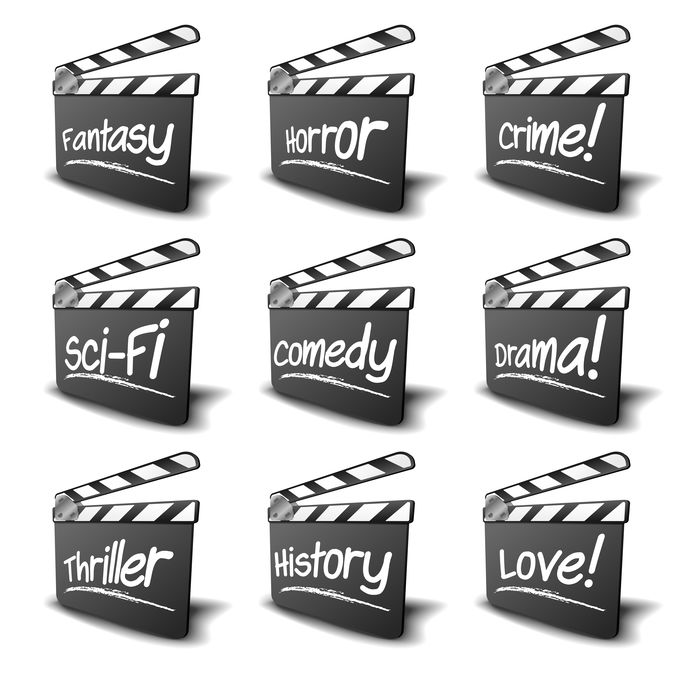
Genre as a term is difficult to specify.
At one end of the spectrum, genre can be seen as something static like a category. On the other end, genre can be seen as something dynamic that is ever-evolving.
I think musicologist Jim Samson describes these two different functions and views of genre. In his 2001 entry on genre to The New Grove Dictionary of Music and Musicians Samson describes genre as…
A class, type or category, sanctioned by convention […]
…and later…
Genres are based on the principle of repetition. They codify past repetitions, and they invite future repetitions.
The first function is genre as a class or category, i.e., something static.
The second quote opens up the notion of genre as something that changes over time as new artworks (in our case, movies) repeat – but also challenges – the boundaries of a particular genre.
Let’s have a quick look at both in more detail.
Genre as something static
Anyone old enough to have visited a local Blockbuster store will remember flicking through rows of VHS, DVDs, or Blu-rays neatly categorized into genres such as Action or Science Fiction to find the movie for the night.
As something static, genes are comparable to the taxonomic systems we know from biology. I.e., we have a particular species and subspecies. And those subspecies can have their subspecies and so forth.
We see this exemplified in movie genres a lot. Fx the genre horror can be subdivided into subgenres such as gothic horror, zombie horror, science fiction horror, or psychological horror.
Genre viewed as a static category or class is how the term is often utilized in practice. The digital experience online on streaming services is similar to the analog experience of the local video store IRL.
Movie genres, viewed as something static, tries to freeze and preserve an image of the multitudes of movies at a given point in time and neatly package them into some general categories.
Genre as something dynamic
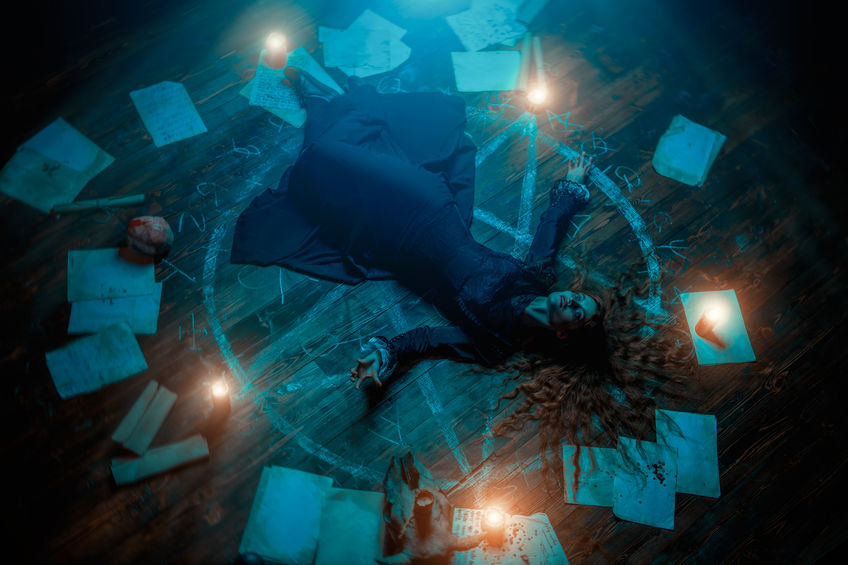
The static view of genre is practical when the conventions of a particular genre have already been somewhat established and defined.
After all, it is nice only to have to flick through the action section or romantic section when you want to find a movie, depending on your mood.
However, it doesn’t consider how these conventions fall into place.
And things start to fall apart quickly when a new movie challenges the known conventions.
And I’m sure we’ve all wondered why a movie has been labeled as one genre when we all know it should be labeled as another.
It’s beyond the scope of this article to dive into too much on how genres are formed.
The important thing to take away is that genres form based on interests, repetition, and expectations, which turn into conventions.
As philosopher and film theorist Stephen Neale puts it in his book Genre (1980) (link to Amazon)…
Genres are not to be seen as forms of textual codifications but as systems of orientations, expectations, and conventions that circulate between text, industry, and subject.
Movie genres are constantly renegotiated between different groups of people – from the blockbuster movie industry, indie film, film festivals, the film critic to the actor posting a selfie on social media, the cosplayer dressing up as their favorite slasher villain, and the movie fans demanding the release of the Snyder Cut.
So what we’re really trying to do in this article is find distinctive traits for horror and thriller movies that have been repeated enough times that they’ve become conventions and – to some extent – cliches.
At the same time, we must acknowledge that each genre is never entirely static but ever-evolving as new movies are released that don’t fit into the established conventions of a particular but still share enough similarities to be deemed as such.
Ways to differentiate one genre from another
There are many ways to differentiate movie genres from each other.
After all, a film is a multimedium that combines images and sound to tell a story. The same basic murder mystery detective story might as well be set in a sci-fi setting on some distant planet as in downtown L.A. in the 1980s.
In this example, the cinematography will greatly influence whether the movie will be categorized as a neo-noir sci-fi thriller or a 1980s-period piece. Add humor to the equation, and you might suddenly end up with a retro-nostalgic comedy with an ironic twist.
And then there are the tropes…
Horror and Thriller Tropes
Numerous tropes are continuously added, accepted, and turned into conventions in each genre.
Typical horror tropes include:
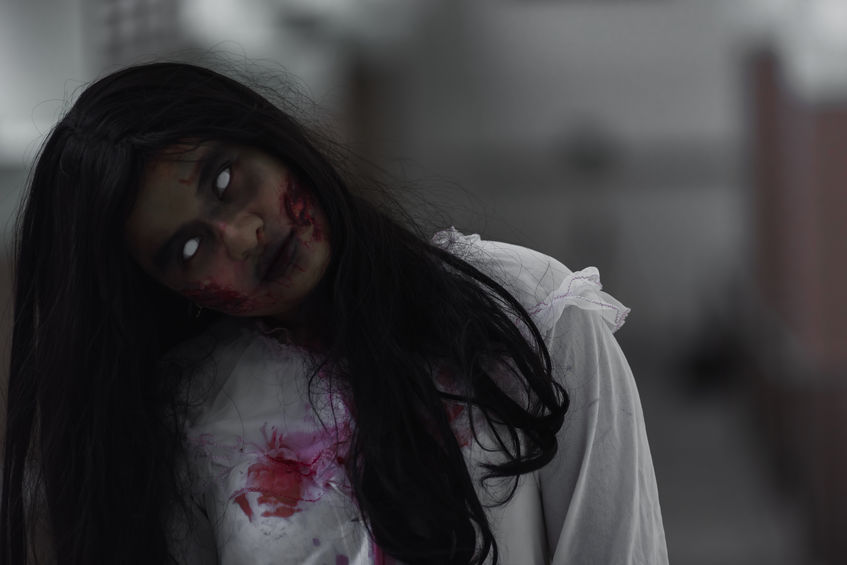
- An abandoned place – such as a house or graveyard
- Jump scares
- Being chased by a slow limping killer who somehow manages to keep up with the running protagonist.
- The promiscuous blonde or couple getting killed while (for) having sex
- The final girl
- Enfant Terrible – an evil child – or ghost of a child (vengeful spirit).
- Evil Clown
- Creepy music acts as a forewarning that something bad is about to happen.
- Irrational and stupid decisions by the group – “Let’s split up.”
- The crazy girl no one believes – though they’re right
- No connection to the outside world (“the phones dead,” “we’ve lost the signal”)
- It’s still alive – was it ever really dead?
- Dystopic ending
Typical thriller tropes include:

- A crime is committed
- a dead body is found “whodunit.”
- someone has been kidnapped
- someone has robbed several banks or jewelry stores
- something scarce and valuable has been stolen
- The locked-room mystery
- The anti-hero retired cop turned alcoholic private investigator
- An obsessed antagonist
- The stalker
- The sociopath
- The brainwashed terrorist
- The double spy
- Political conspiracy and cover-ups
- The small guy/girl vs. the evil agency, political establishment, or other institutions of power
- A bad person enters a peaceful life of a person/family, and everything begins to go south.
- A nanny
- The neighbor from hell
- The abusive caretaker
To differentiate genres, it’s helpful to look at distinctive features such as tropes. Some tropes are codified and turned into conventions and cliches for a particular genre, but they can also overlap. Fx, you can find people trapped in a locked room and sociopathic killers in both horror and thrillers.
So if you want to get closer to the core of each genre, I find it useful to look at the emotional basis of each genre. Tropes, story beats, and themes are easily switched out for others. But the emotional impact remains the same.
So let’s look at what human emotions each genre is trying to manipulate as we’re yanked around at the edge of our seats.
Differentiating fear in movies
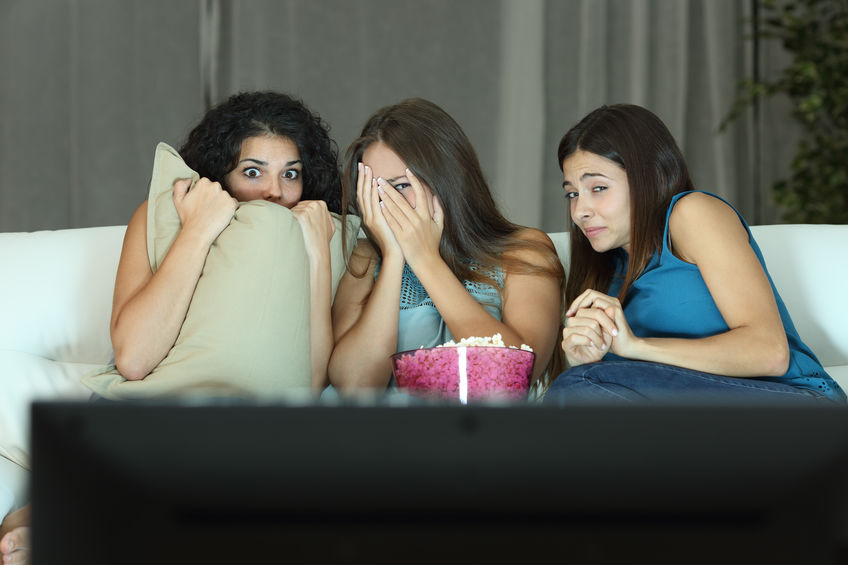
How are you feeling right now?
Are you feeling fear, anxiety, nervousness, apprehension, terror, suspense, or maybe horror? Are you grossed out? Are you frightened or in shock?
Are you scared right now? Are you!? Well, you should be! Because Candyman is coming for you!
There are many subtleties to feeling afraid. And different movie genres trickers these emotions in different ways.
That’s not to say that each genre only tricker one emotion. But thriller movies tend to be based more on suspense and triggering anxiety, whereas horror movies tend to tricker fear and terror in the audience.
So here I’ll focus on fear, anxiety, suspense, terror, and horror. But how exactly do these five fearful emotions differ from one another?
Let’s break them down.
Fear
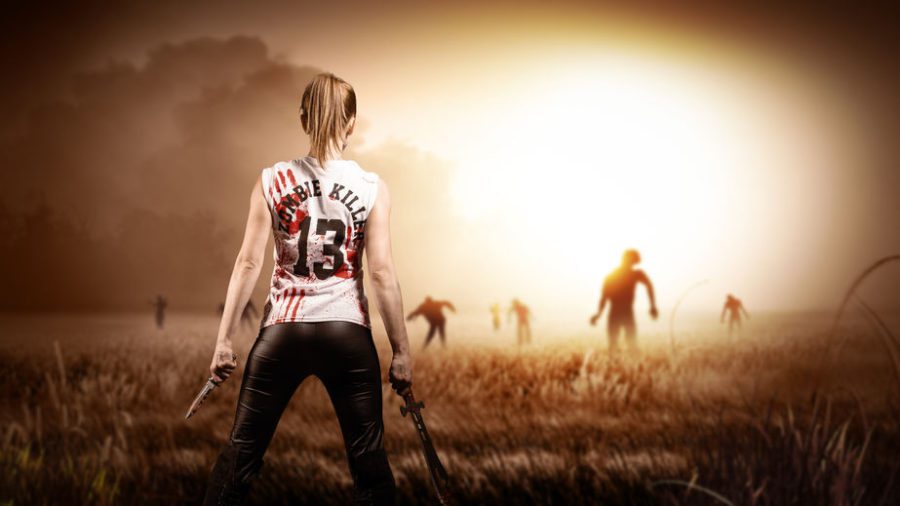
According to psychology Professor Jeffrey Alan Grey (1971), fear is a psychological experience that prepares humans for either fight, flight, or freeze.
Fear is an emotional reaction to an immediate threat or danger.
Fear is triggered in movie audiences with jump-scares (sound or visual) or when the killer attacks the romantic couple making out in the car in a horror slasher movie.
Anxiety
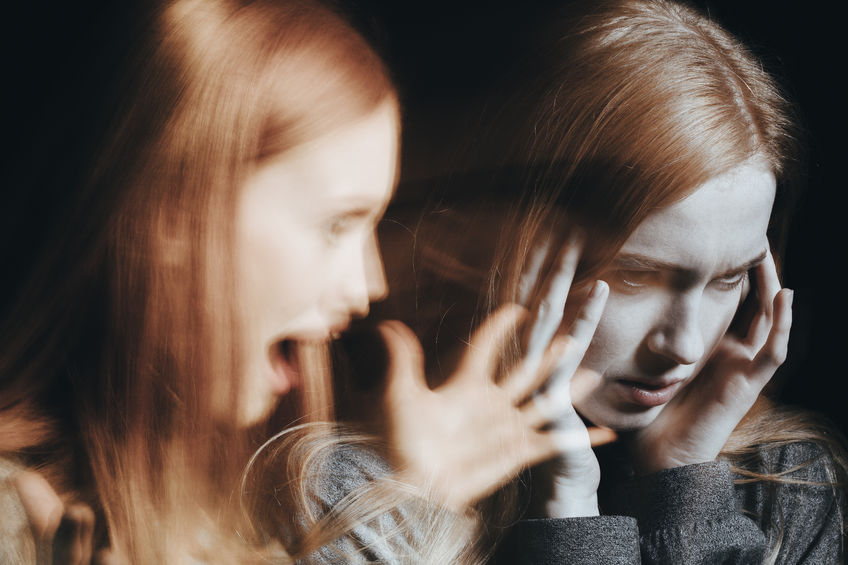
Whereas fear is concrete and a response to a specific threat, anxiety is more subtle and vague. You can feel anxious without knowing why. Thus anxiety can be objectless – a diffuse feeling that something might go wrong.
Anxiety is also of lower intensity than fear unless anxiety builds up and reaches a panic attack level.
Anxiety is often future-oriented, whereas fear is very much rooted in the now.
Fear and anxiety feed of each other. You’re not necessarily one or the other. If you’re already feeling anxious, the jumpscare that induces fear may be that more effective.
And if you’ve just had a jumpscare, you might feel anxious about when the next one will be. This leads me to…
Horror as a feeling
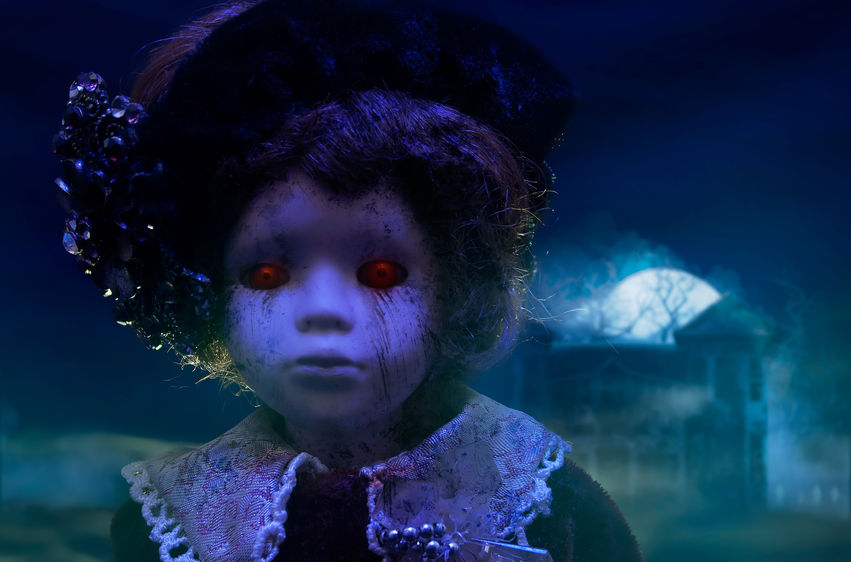
As Bernard Perron writes in “Sign of a Threat: The effects of warning systems in survival horror games” (2004), horror is ” is compared to an almost physical loathing and its cause is always external, perceptible, comprehensible, measurable, and apparently material.”
As such horror is explicit in nature and very physical, in that it makes wonderful use of disgusting monsters such as zombies, dismembered limbs and massive amounts of fake blood, coupled with jump-scares.
Suspense as a feeling
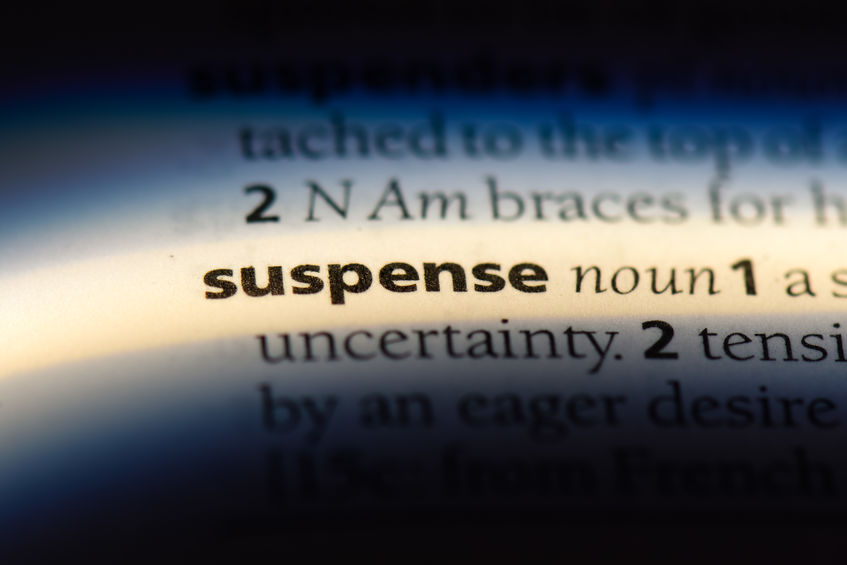
Suspense is a mix of fear and anxiety combined with a sense of hope.
Film scholar Dolf Zillman writes in “The Logic of suspense and mystery” (1991) that…
“[Suspense is] the experience of uncertainty regarding the outcome of a potentially hostile confrontation.”
In other words, suspense is a feeling of fear and/or anxiety of an imminent threat likely to occur. The threat causes uncertainty. But since the outcome isn’t given, there must also be a vague hope of success and survival.
Uncertainty is key to suspense, and the slimmer the chances are of surviving the threat, the more intense the feeling of suspense will be (Perron op. cit).
Sound is a great way to trigger a sense of suspense – just think of the menacing sound design in the movie Jaws.
Terror as a feeling
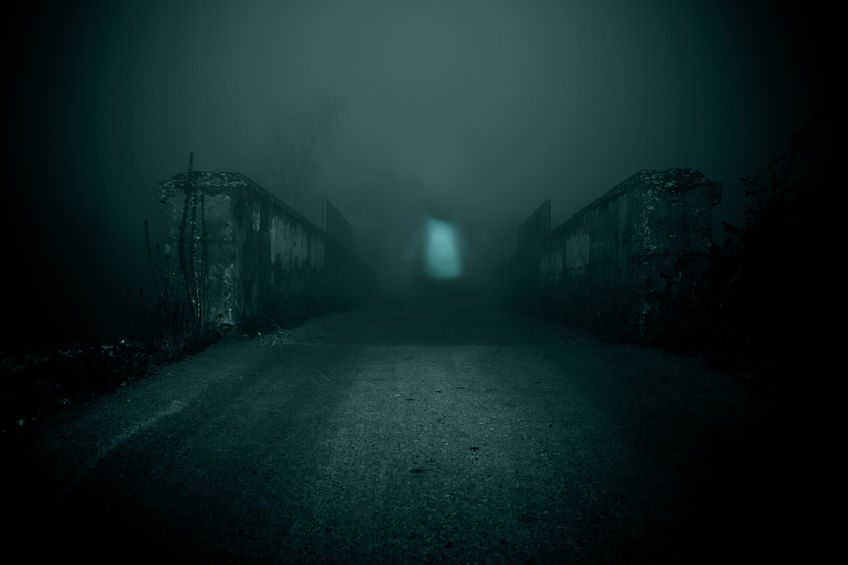
According to Perron (ibid), terror is “identified with the more imaginative and subtle anticipatory dread. It relies more on the unease of the unseen”.
The most common time of terror is at night. When you’re alone in the dark, when there’s no light, that’s the best place to feel unsafe and uncertain. Similarly, terror can be wakened in scenes with thick fog or mist.
Terror lasts longer than horror. Whereas the horrific encounter with a zombie might take 30 seconds, the feeling of terror can linger on for hours (ibid).
A few thoughts on the intensity and appraisal of emotions
Of course, there are more feelings present than the five above when watching a thriller or horror flick.
Also, it is possible to differentiate the intensity into more levels. Fx apprehension can be described as a higher level of anxiety that is not as intense as fear.
Nervousness might be described as a lower level of fear. Fx, you might get nervous before an exam, which is a very concrete thing to fear – but it’s not the same level of fear intensity as if a bear was chasing you. – Though some might describe the feeling as such.
And that’s the thing. The same level of emotional intensity might be experienced very differently in two individuals.
This has to do with appraisals, i.e., how we as individuals perceive a specific emotion. However, diving into cognitive theories on emotions and appraisals or the James-Lange view of emotions is beyond the scope of this article.
The important thing to take away here is that where one person might love the thrill of being scared, another might want to hide their head behind a pillow and cover their ears – or leave the theater.
Examples of a horror and a thriller film – and an in-between
Now let’s discuss a couple of examples and see where they fall within the spectrum of thriller and horror genres.
1. Nightmare on Elm Street
A Nightmare on Elm Street (1984) by Wes Craven is described on Wikipedia as a “supernatural slasher film.”
I would call this its subgenre because it is clearly a horror film. It has many tropes associated with horror films, e.g., the moral killing of the sexually promiscuous teenagers and the supernatural villain Freddie Krueger – a vengeful and evil ghost.
A Nightmare on Elm Street plays on fear and uses gore and disgust to trigger it. But there are also elements of terror in there, as the characters are very much left alone in the dark when they’re killed in their sleep.
That being said, the overall feeling one is left with throughout the film is that of fear, which clearly puts A Nightmare on Elm Street into the horror category.
2. Color of Night (1994)
Color of Night (1994) by Richard Rush is described as an “erotic mystery thriller film” on Wikipedia, which I’d say is pretty accurate.
Color of Night is a good example of a clear-cut thriller the plays on uncertainty to create suspense.
As the audience, we’re left confused and in the dark, and that uncertainty leaves us anxious. At the same time, we are constantly reminded of a real threat, through the murders and multiple attempts on the protagonist’s (Dr. Bill Capa, played by Bruce Willis) life, evoking fear.
We also get common thriller tropes such as the sociopathic killer and a “locked” room where all are suspects in a mysterious “whodunit” kind of plot.
The erotic part is self-explanatory with steamy sex scenes – I mean – you even get a glimpse of Bruce Willis’ schlong!
3. Alien (1979)
If you look up Alien by Ridley Scott on Wikipedia, it is described as a sci-fi horror movie. But is it really?
The film has absolutely horrific elements as the alien takes out one crew member after another. We also get the classic horror trope, with the “final girl” alive (but not the other common horror trope of a promiscuous blonde being killed early in this one), and jump scares en masse.
But there are certainly also many elements of terror as we’re left alone and helpless in the vast emptiness of space where no one can hear you scream.
And the long, narrow, dark corridors of their spaceship Nostromo keep us in a feeling of terror for most of the film.
But Alien certainly also has thriller elements to it. While we get to see glimpses of what to expect when the face-hugger attacks crewmember Kane, and a small alien creature later bursts out of his chest.
After this, a lot of the movie plays out as a thriller, where the crew has to follow clues to figure out what they are up against while the creature lurks in the dark corridors, killing off the crew one by one with a game of alien guerilla warfare.
As with other thrillers, the anxiety of the unknown, coupled with a genuine sense of danger and hope, leads to the suspense.
So, what genre is Alien? I believe the answer lies somewhere between horror, terror, and thriller. Or simply just science-fiction.
Conclusion
In this article, I’ve tried to use basic theories of emotion as a framework for getting to the emotional root of the genres horror and thriller.
Horror films work on fear and often use effects such as jump-scares to startle us as the audience. Horror films are an explicit art form where gore, dismemberment, and the supernatural go hand in hand.
Thrillers use uncertainty to create suspense. Suspense is best described as fear coupled with anxiety and a bit of hope. I.e., the uncertainty leaves us anxious, while murders or threats trigger our sense of fear. Inherent in uncertainty is also a small glimpse of hope.
Within both genres, common tropes have been established, which helps establish and solidify each genre and create expectations in the audience.
Like human emotions, genres often seem to overlap. You’ll find elements of horror in thrillers and vice versa. And often, you’ll also find other types of fear – such as anxiety or terror.
In short, both genres have well-established emotional triggers and tropes but are always ever-evolving, as the new film continues to challenge the norms.
Do you agree with the points in this article? Have I missed something important? Let me know in the comment section below.

